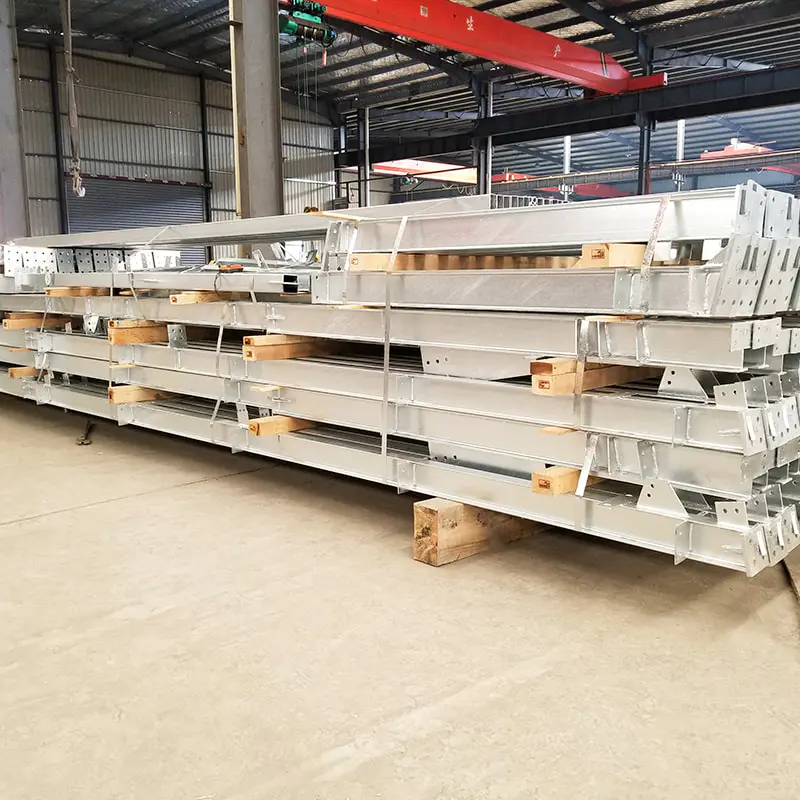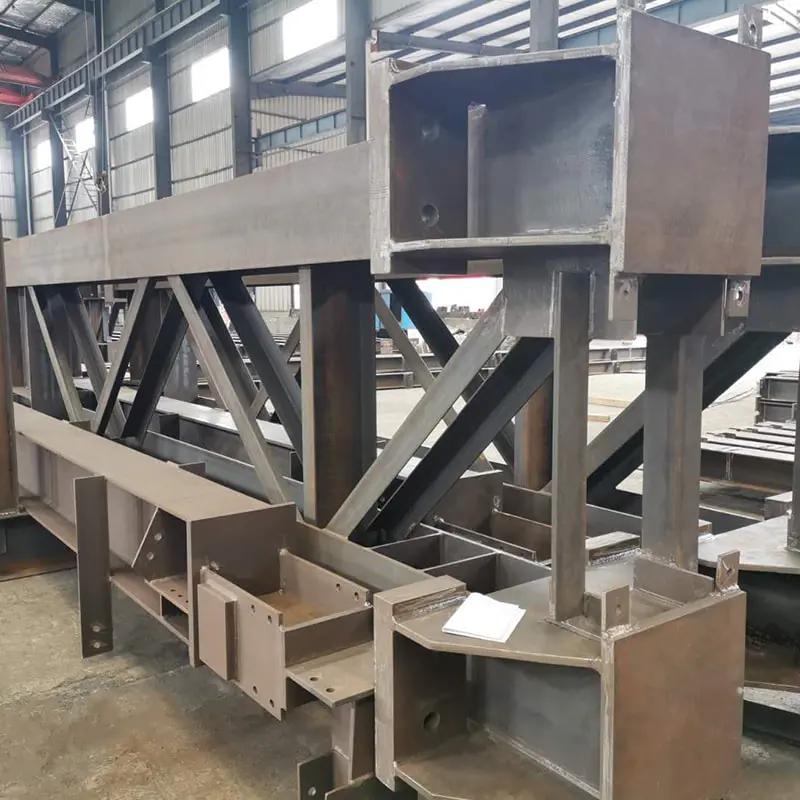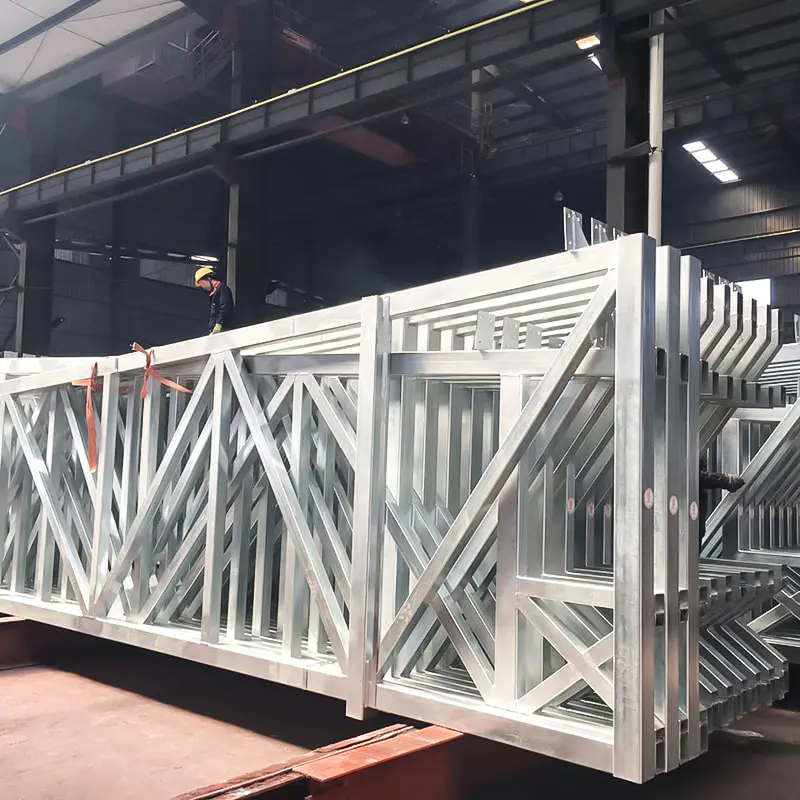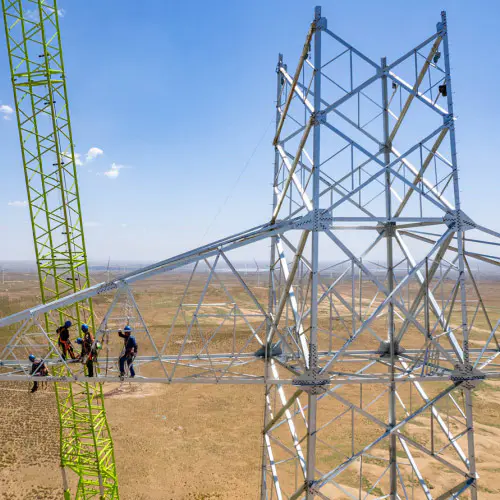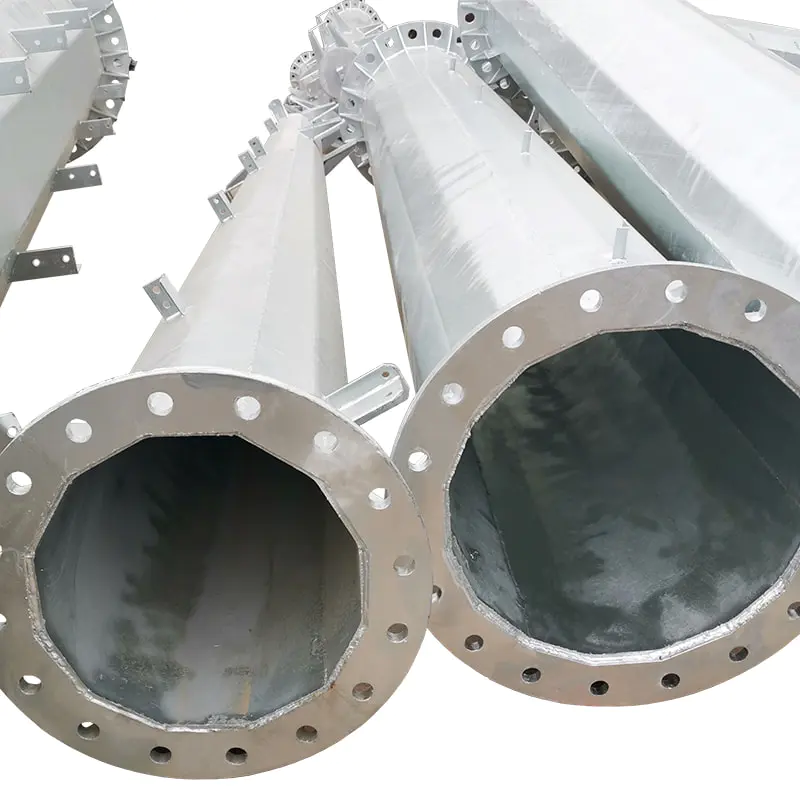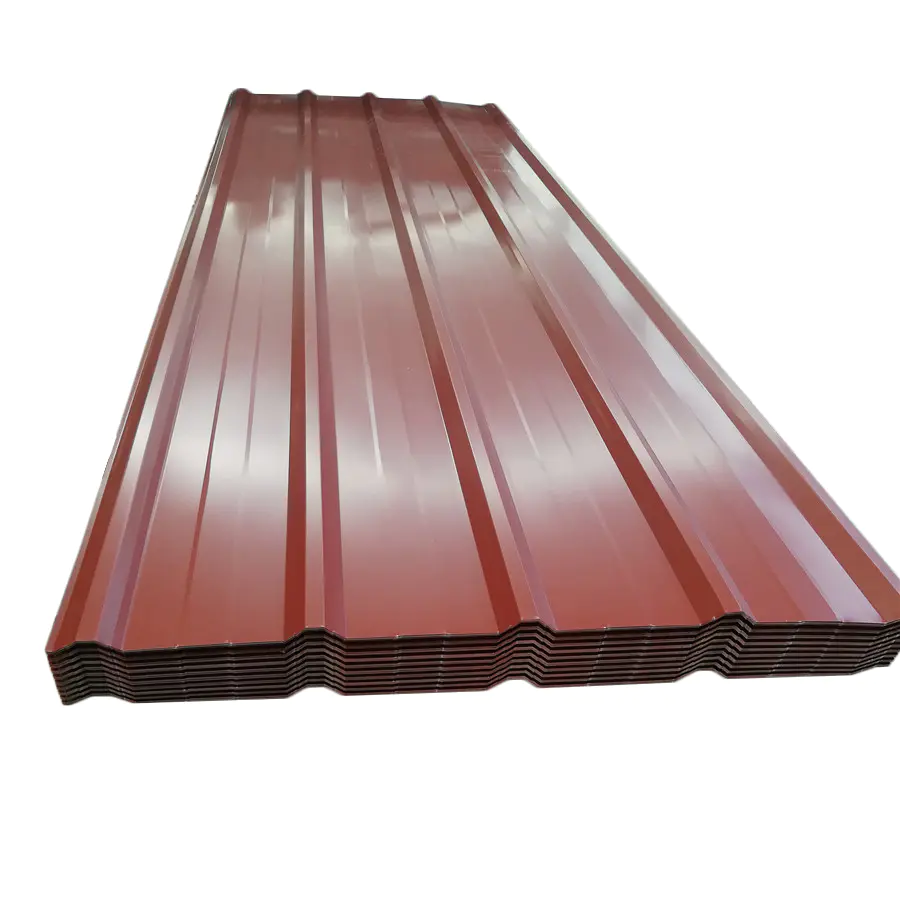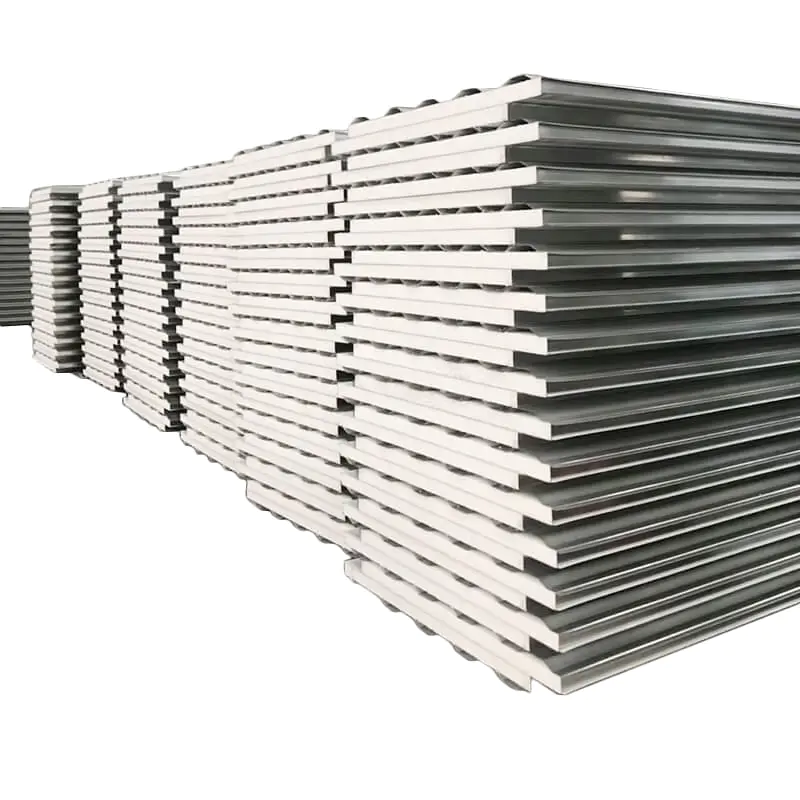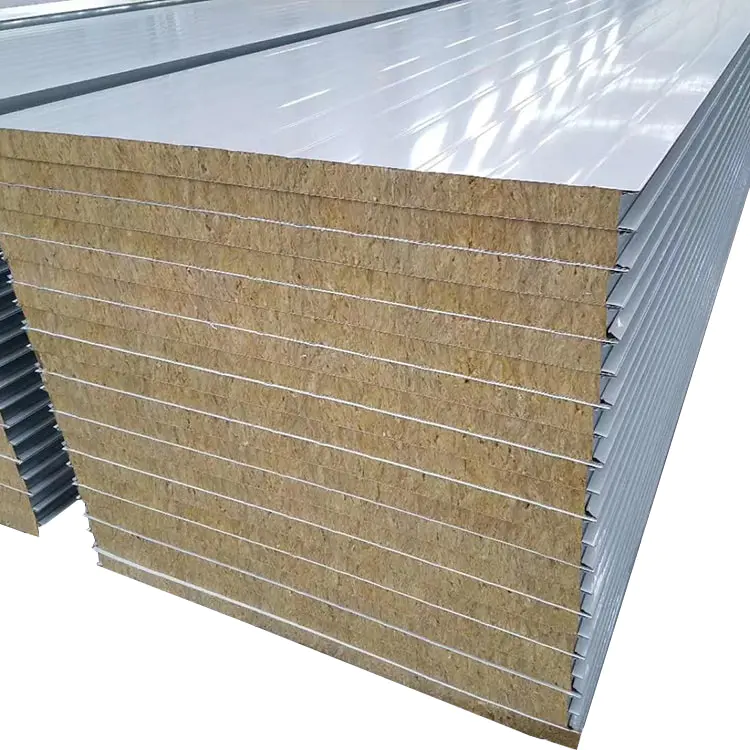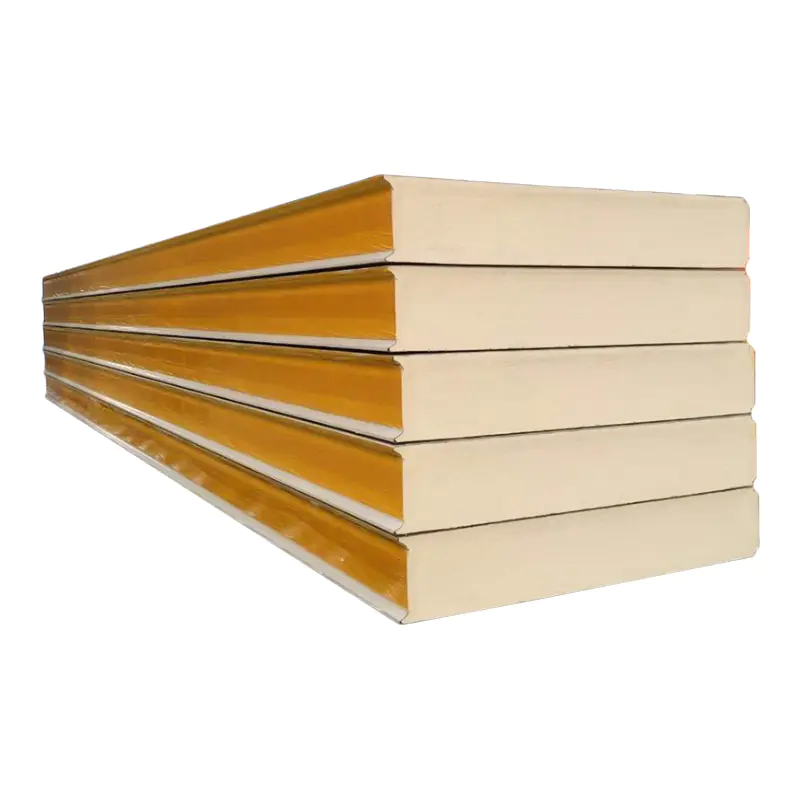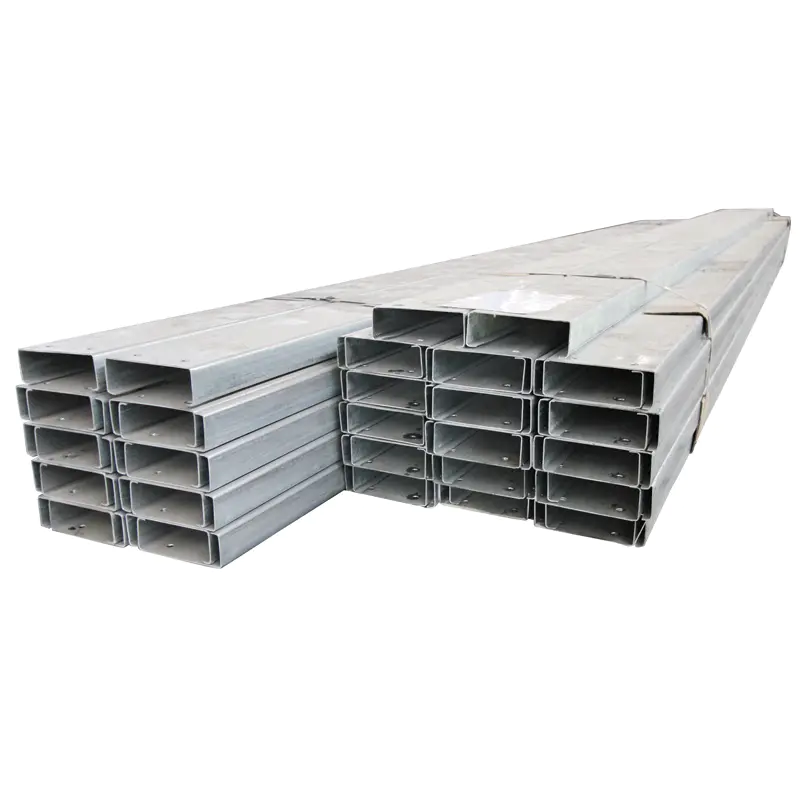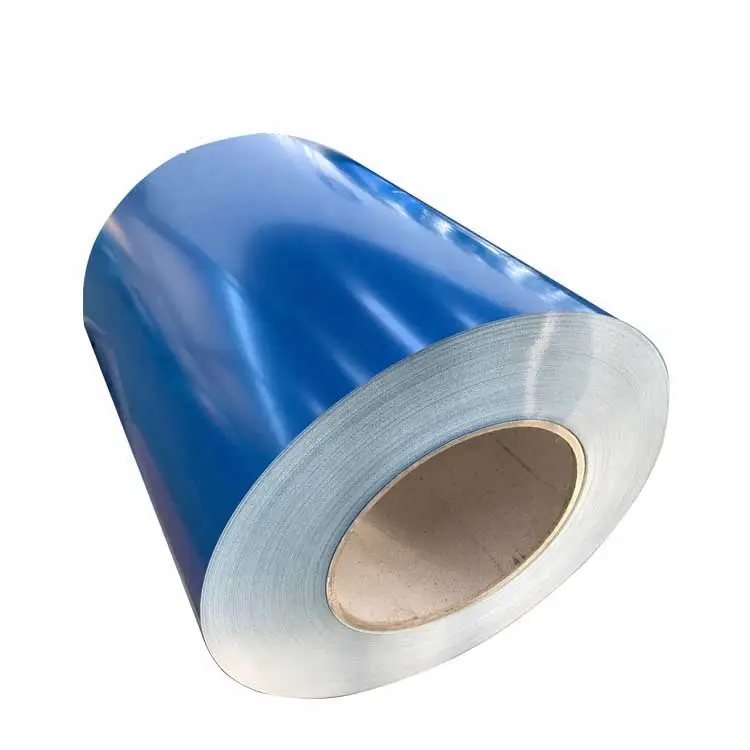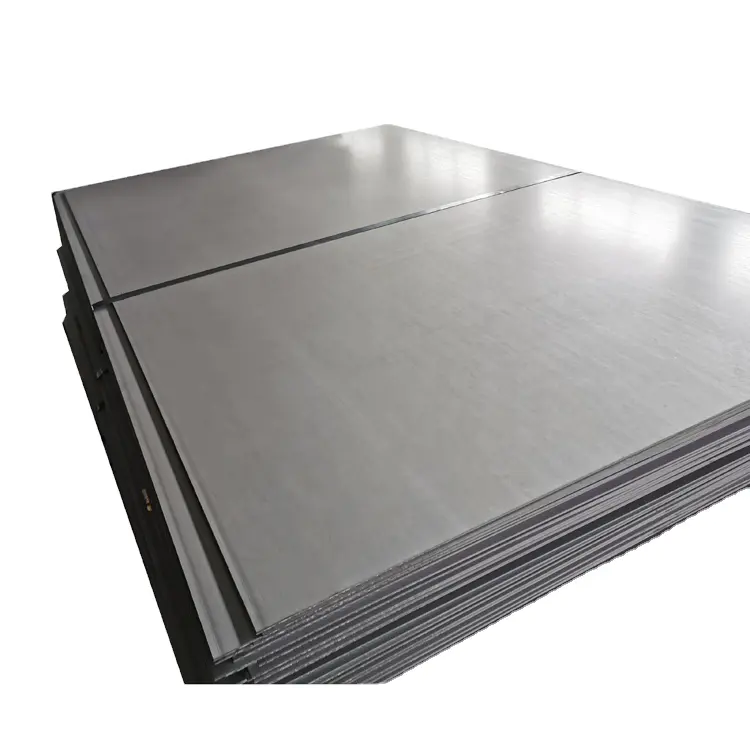Understanding Rust and Corrosion in Metal Building Structures
Rust and corrosion are electrochemical processes that degrade metal surfaces, leading to structural weaknesses and reduced lifespan. In a Metal Building Structure, these issues can compromise integrity and safety. Corrosion occurs when metal reacts with environmental elements, such as oxygen and moisture, forming oxides. For instance, iron-based metals develop rust, while other metals may experience different forms of corrosion. Addressing this proactively is essential for maintaining the durability and functionality of any Metal Building Structure.
Common Causes of Corrosion
-
Exposure to moisture and humidity: Water accelerates oxidation, especially in areas with high rainfall or condensation.
-
Presence of salts and chemicals: Coastal environments or industrial settings can introduce chlorides or acids that speed up corrosion.
-
Temperature fluctuations: Repeated expansion and contraction can cause protective coatings to crack, exposing the metal.
-
Poor ventilation: Trapped humidity around a Metal Building Structure can create ideal conditions for corrosion.
Effective Prevention Methods for Metal Building Structures
Implementing preventive measures can significantly reduce the risk of rust and corrosion in a Metal Building Structure. These strategies focus on barriers and environmental control.
Protective Coatings and Treatments
-
Galvanization: Applying a zinc coating through hot-dip processes provides sacrificial protection to the underlying metal.
-
Paints and primers: Use corrosion-resistant coatings that form a barrier against moisture and oxygen; epoxy and polyurethane-based options are common.
-
Powder coatings: These electrostatic applications create a uniform, durable layer that resists chipping and weathering.
-
Sealants and inhibitors: Apply these to joints and seams to block moisture ingress and slow electrochemical reactions.
Design and Environmental Adjustments
-
Ensure proper drainage: Design the Metal Building Structure to avoid water accumulation on surfaces or foundations.
-
Improve ventilation: Incorporate vents or fans to reduce humidity levels inside the structure.
-
Use corrosion-resistant materials: Select alloys or treated metals during construction for enhanced longevity.
-
Regular cleaning: Remove debris, dirt, and contaminants that can trap moisture and accelerate corrosion.
Maintenance and Monitoring of Metal Building Structures
Routine upkeep is critical to early detection and management of corrosion in a Metal Building Structure. A systematic approach can prevent minor issues from escalating.
Inspection Protocols
-
Conduct visual checks every six months: Look for signs like discoloration, bubbling paint, or rust spots.
-
Assess structural integrity: Use non-destructive testing methods, such as ultrasonic thickness gauging, to measure metal loss.
-
Document findings: Keep records of inspections to track changes and plan interventions.
Repair and Reinforcement Techniques
-
Clean affected areas: Use abrasive methods like sandblasting to remove rust before reapplying coatings.
-
Apply touch-up coatings: Match original specifications to maintain consistent protection across the Metal Building Structure.
-
Replace damaged sections: If corrosion has advanced, install new metal components with improved protective measures.
Long-Term Protection Strategies
Sustaining a Metal Building Structure over decades requires integrating advanced methods and ongoing evaluations.
Advanced Corrosion Control
-
Cathodic protection: Install sacrificial anodes or impressed current systems to divert corrosive attacks from the main structure.
-
Environmental controls: Use dehumidifiers or coatings with vapor barriers in high-risk settings.
-
Corrosion monitoring systems: Implement sensors to provide real-time data on environmental conditions and metal health.
When to Consult Professionals
-
If widespread corrosion is detected: Experts can assess the extent of damage and recommend structural reinforcements.
-
For complex installations: Professional services ensure that advanced protection systems are correctly integrated into the Metal Building Structure.
Protecting a Metal Building Structure from rust and corrosion involves a combination of preventive coatings, design considerations, and consistent maintenance. By understanding the causes and implementing evidence-based strategies, owners can enhance the longevity and safety of their investments. Regular inspections and timely interventions are key to mitigating risks and preserving the structural integrity of any Metal Building Structure.

